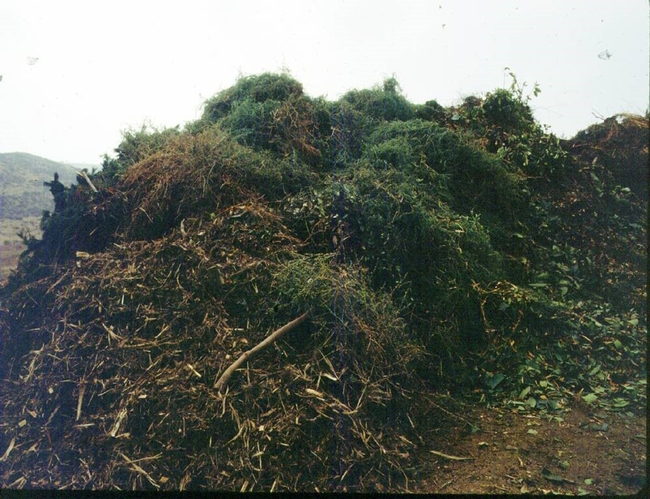Ground urban organic material that shows up in great trailers for use in agriculture has simple rules for its use. 1) It should be a material low in contaminants. If you can clearly see golf balls and plastic, send it back. Over time with decomposition it is only going to become clearer because all the organics go away and all you are left with is a mess to clean up. 2) If used as a mulch (applied to the surface of the soil), it should be as woody material as possible, because it is more persistent and lasts longer and the roots which adjust to the mulch layer are less likely to be disturbed. 3) If it is used as a material to be incorporated into the soil IT MUST BE COMPOSTED. This cannot be emphasized enough. With decomposition, gasses such as methane, ethylene and ammonia are released which are all toxic to roots and it heats up, also which is hard on roots- like it burns the heck out of them. This goes for the material used as a mulch, it should be kept at least 6 inches away from tree trunks so that gasses and heat don't burn the trunks. And 4) no organic material should be incorporated into the planting hole, composted or non. This is one of those myths (planting mix in planting holes) that have been foist on gardeners and farmers alike. If it is organic it is good? Any organic material incorporated into a planting hole is going to decompose over time, and then the soil settles, causing voids. Much better to plant into the mineral soil and mulch and let the worms move any nutrients from the organic surface material into the root zone.
And remember that fresh citrus leaves and stems can harbor Asian citrus psyllid. Dry that material out before moving it around so you don't spread the psyllid.
Attached Images:
